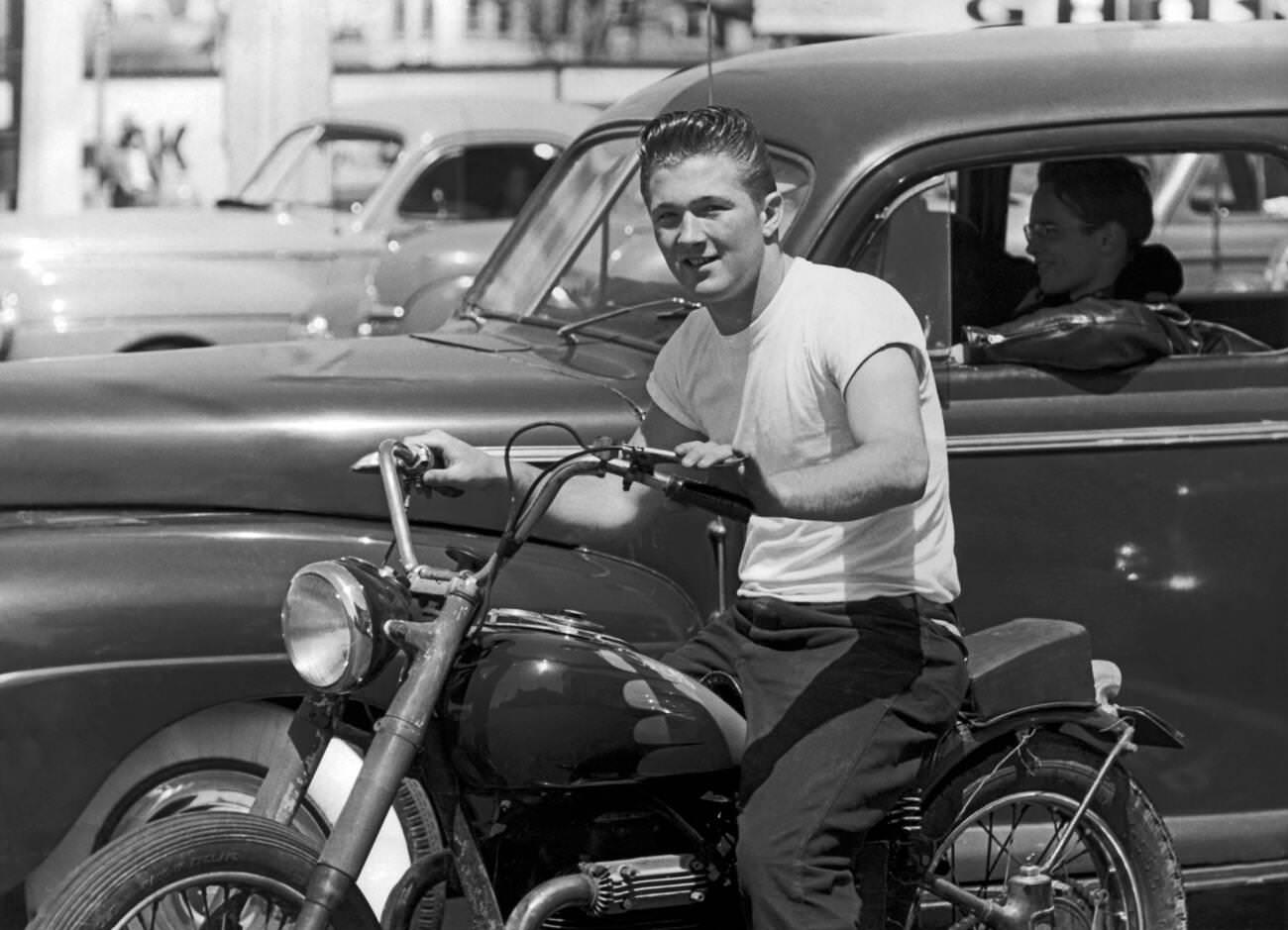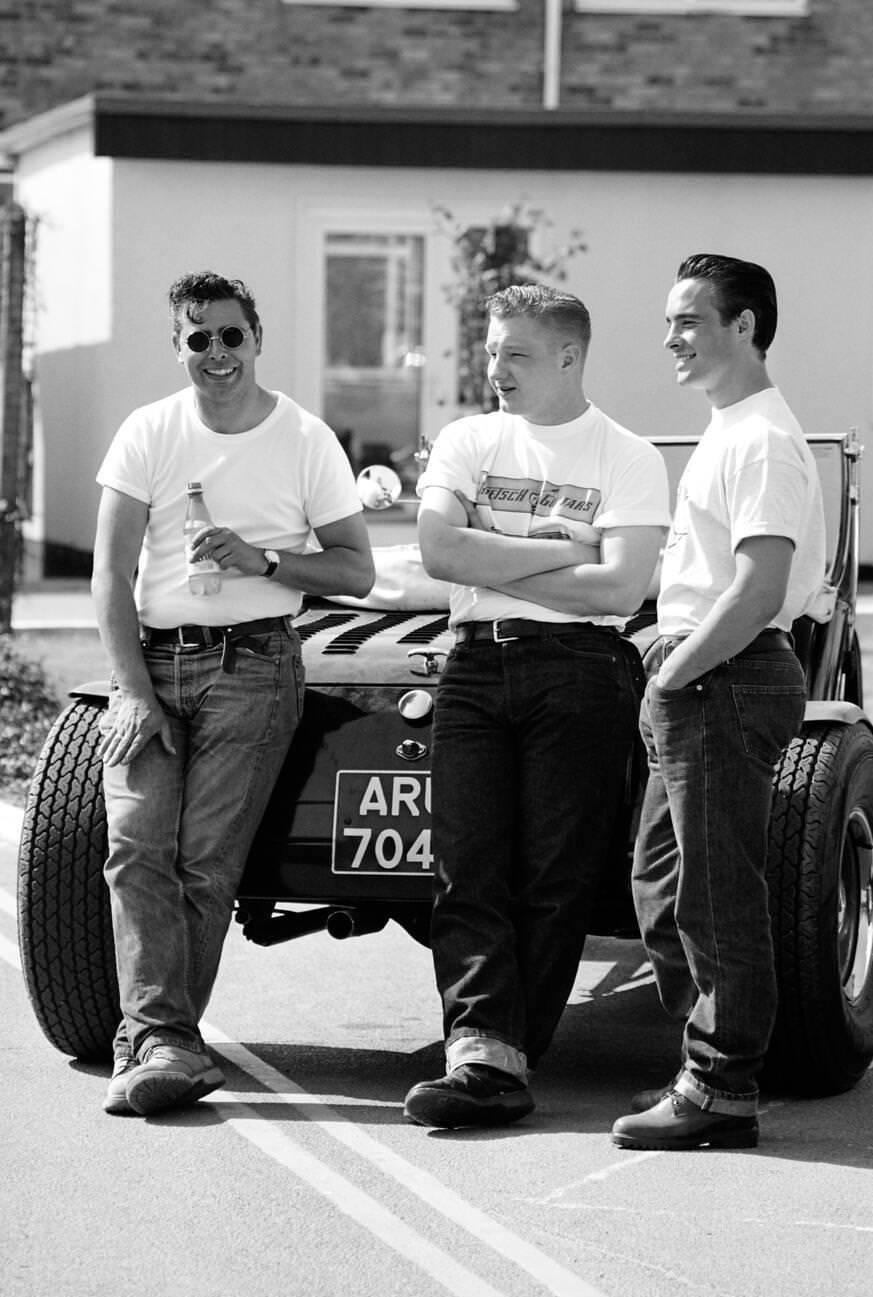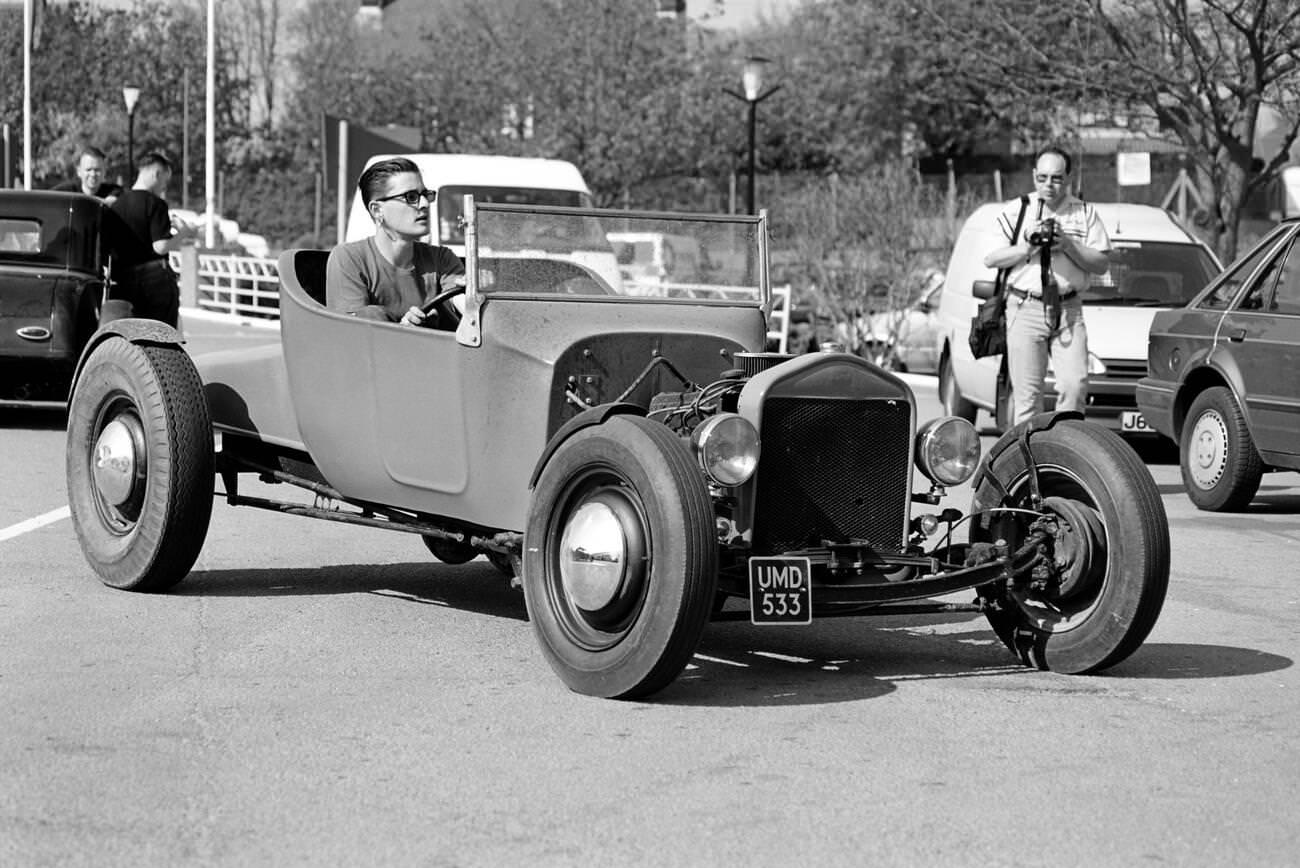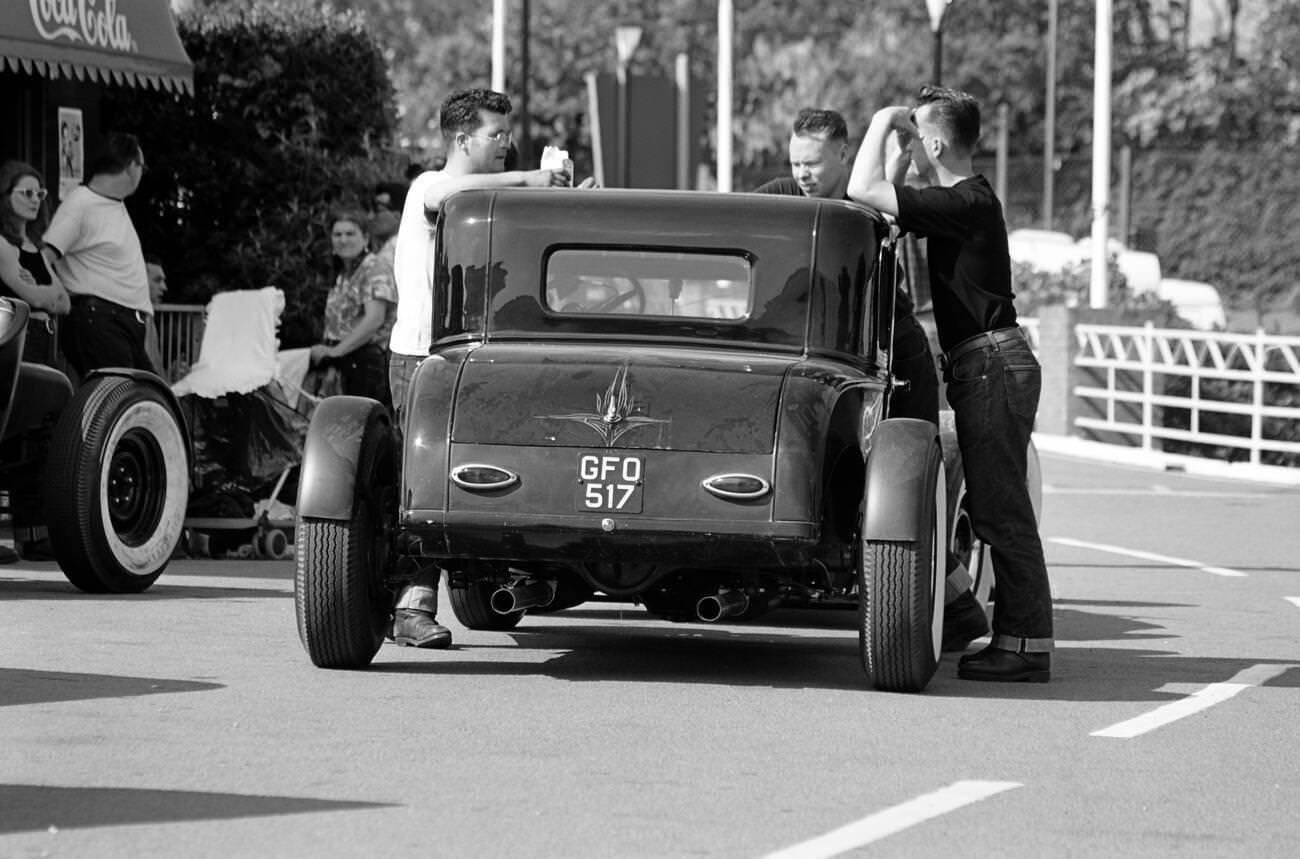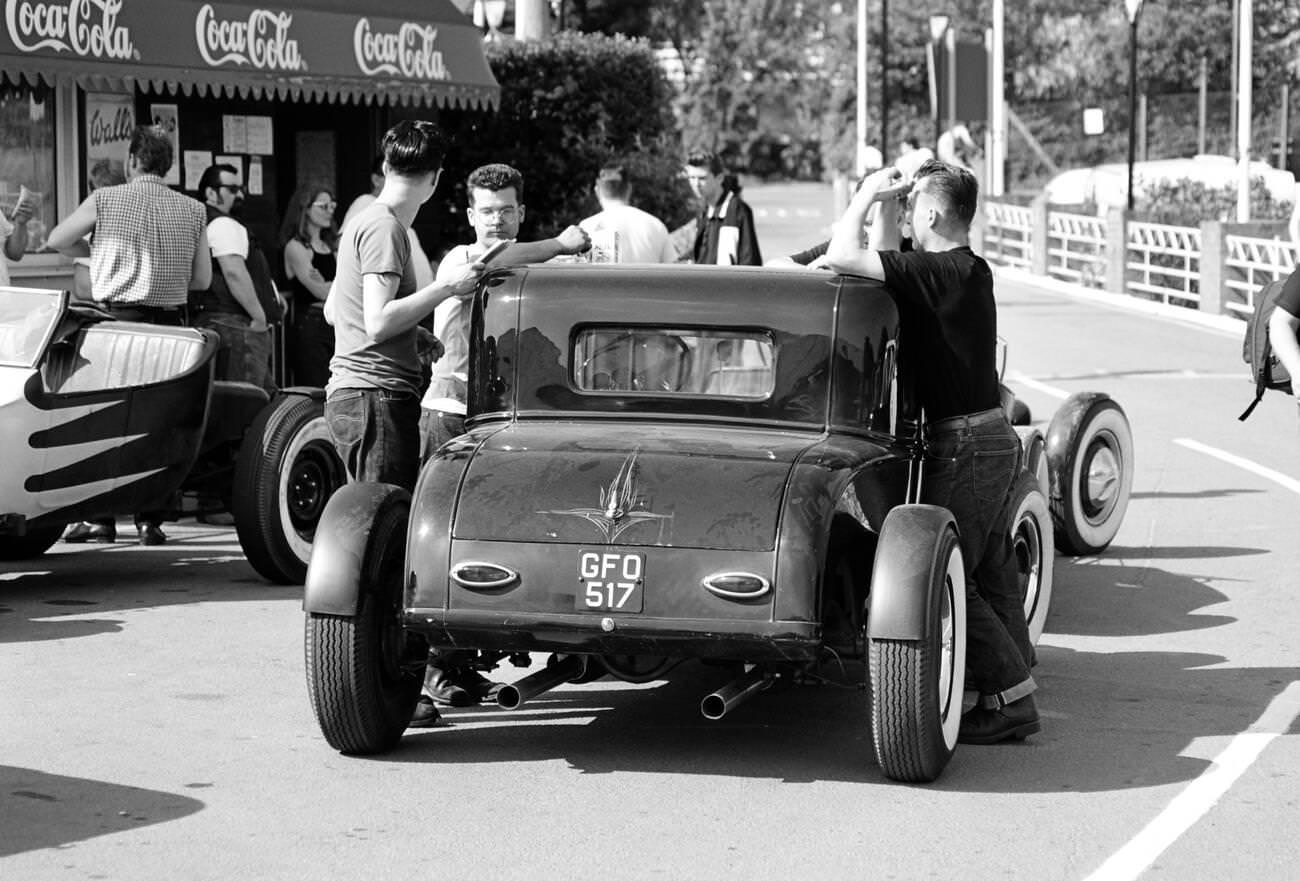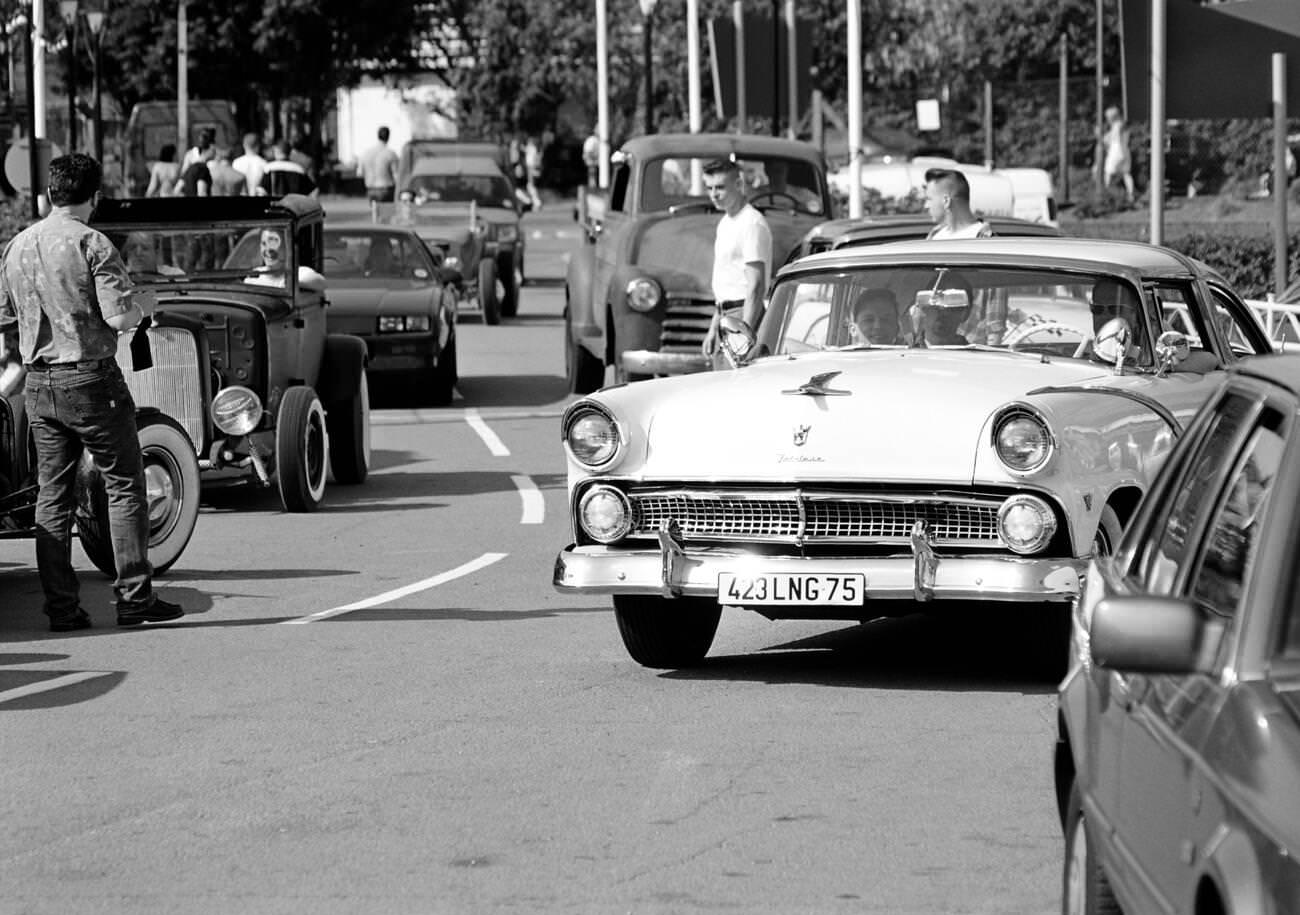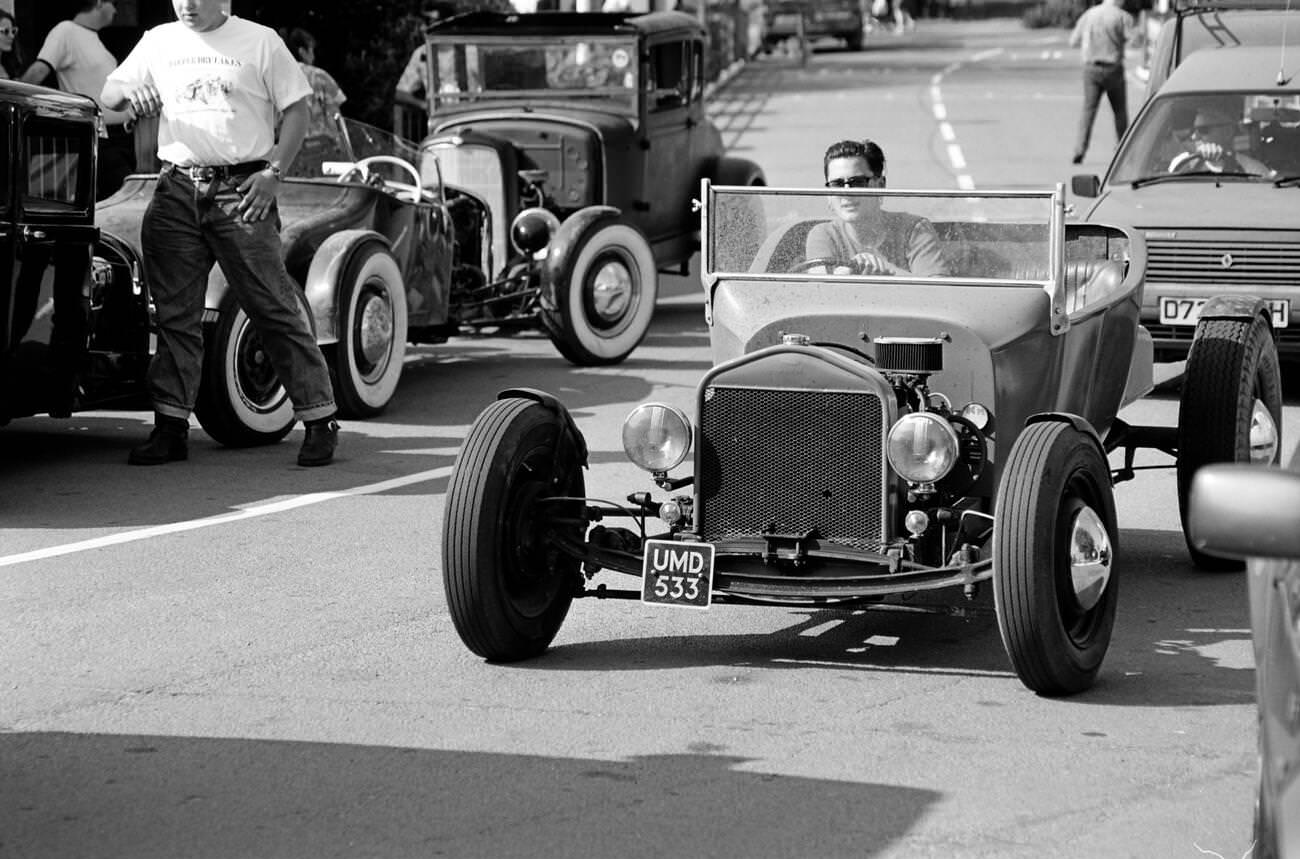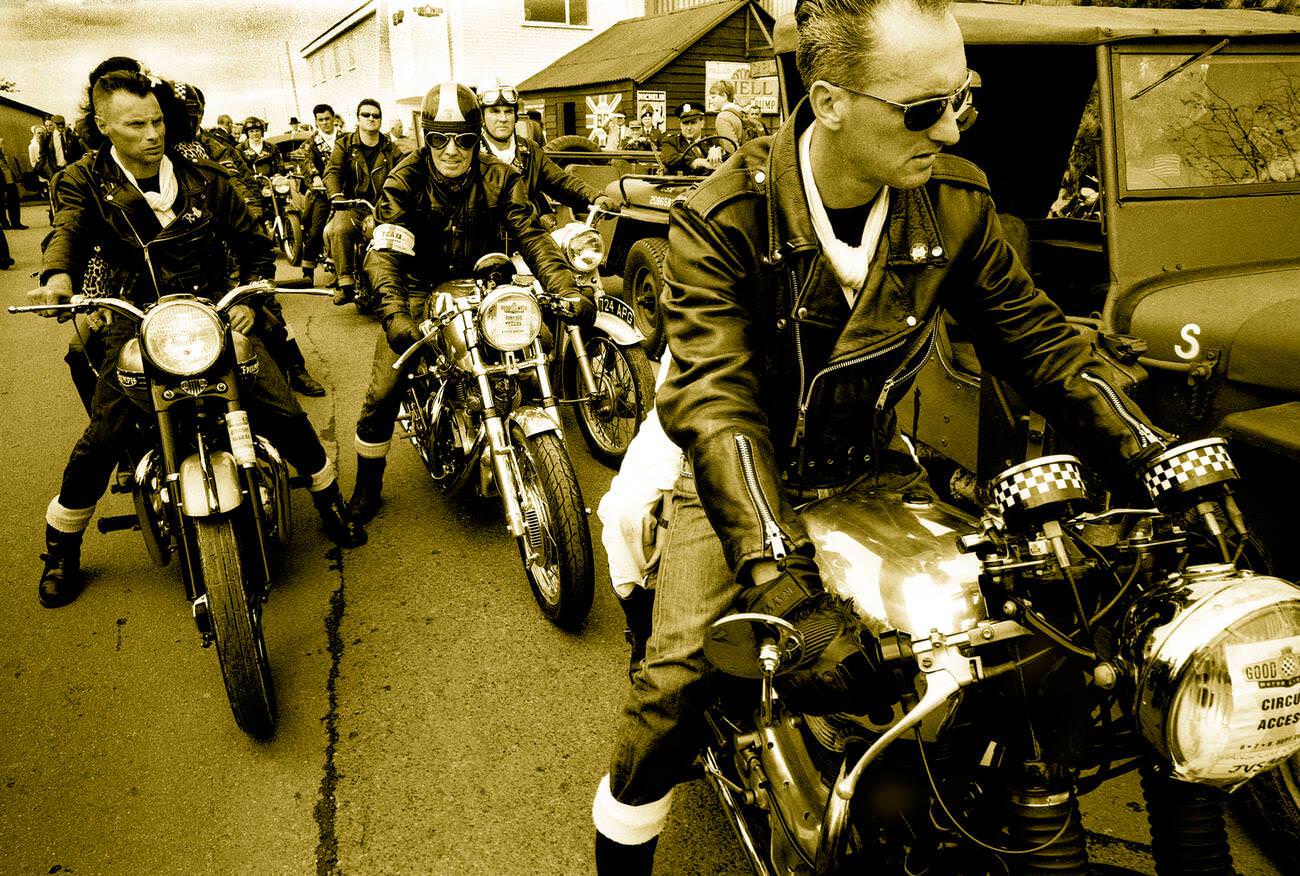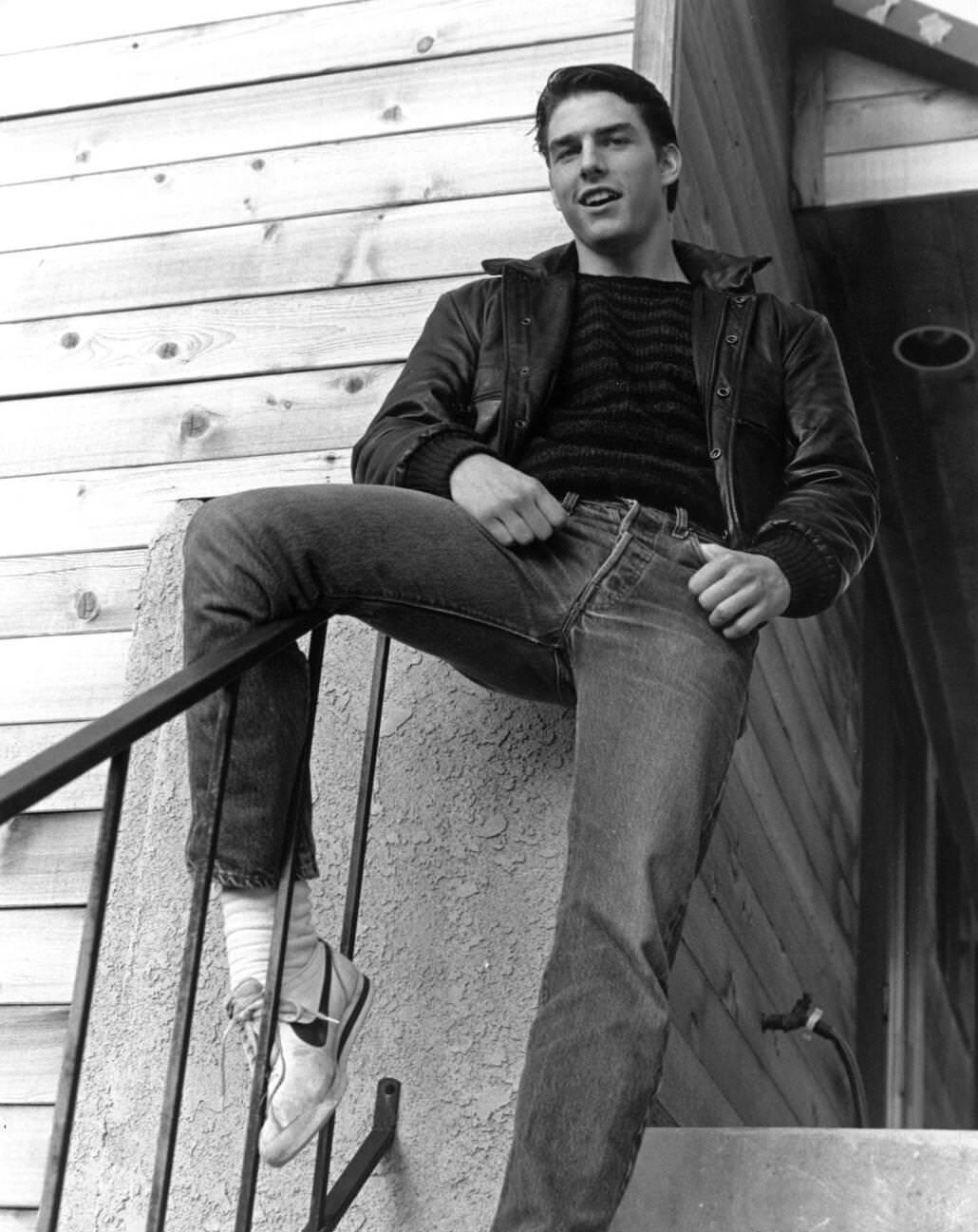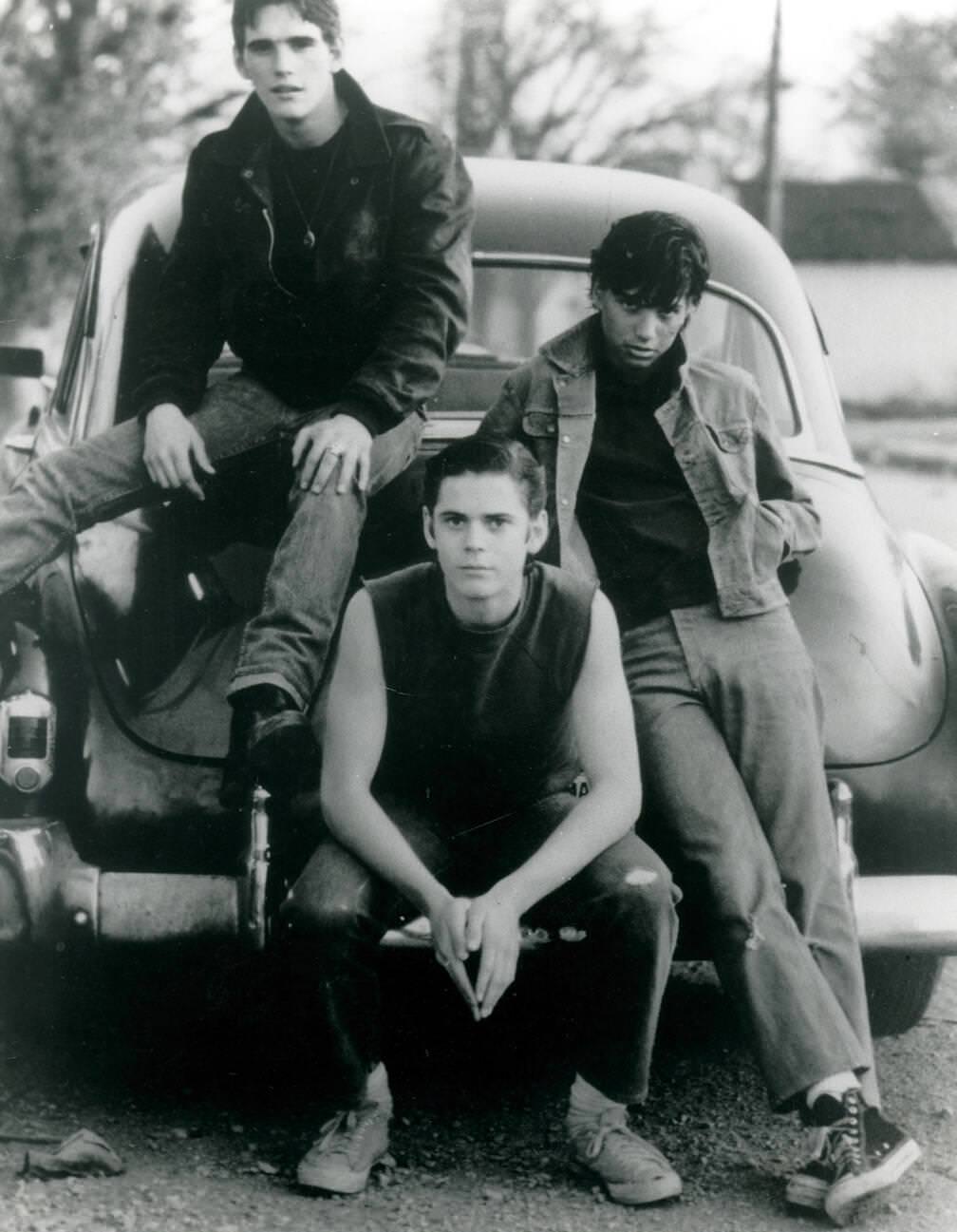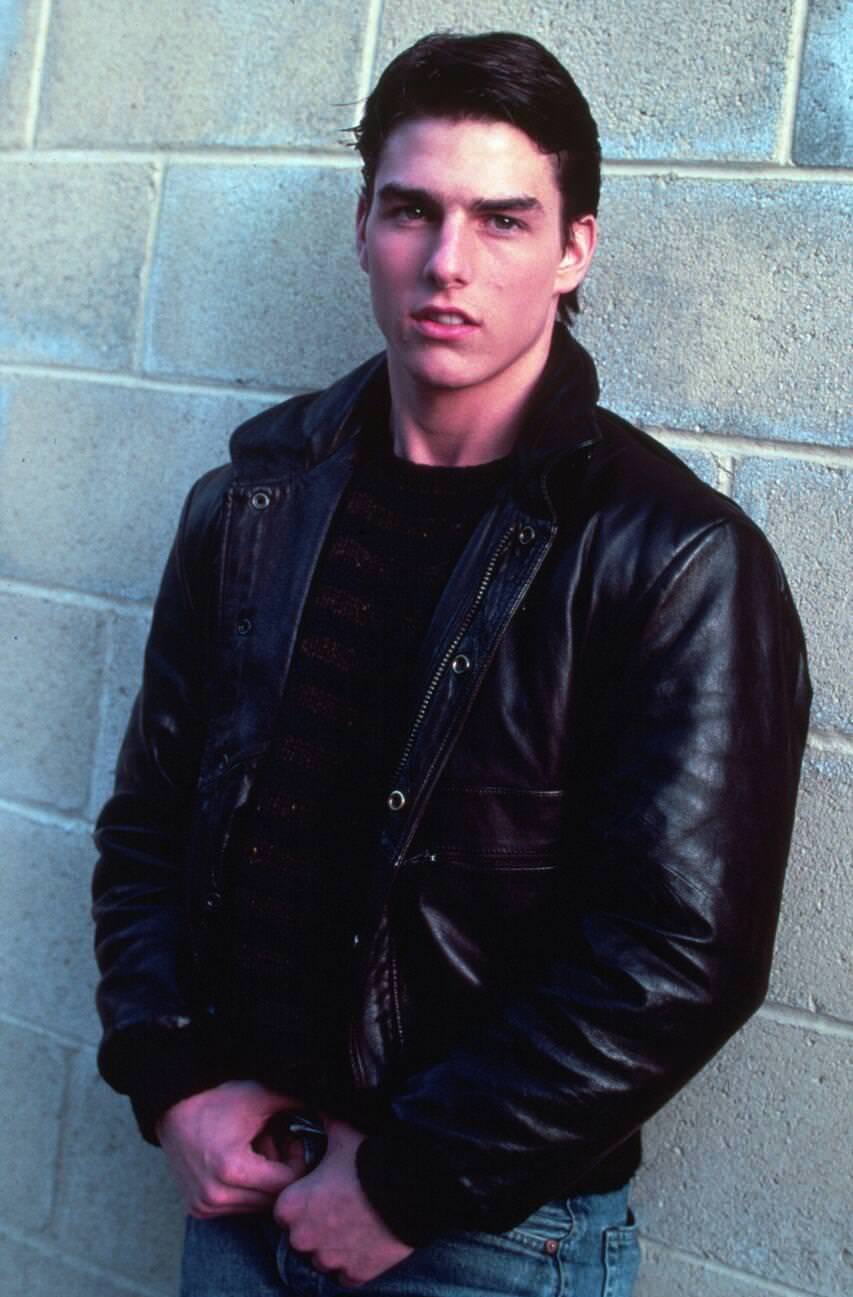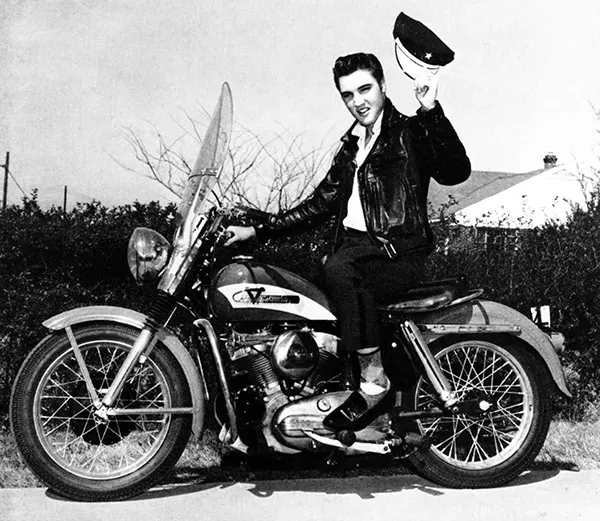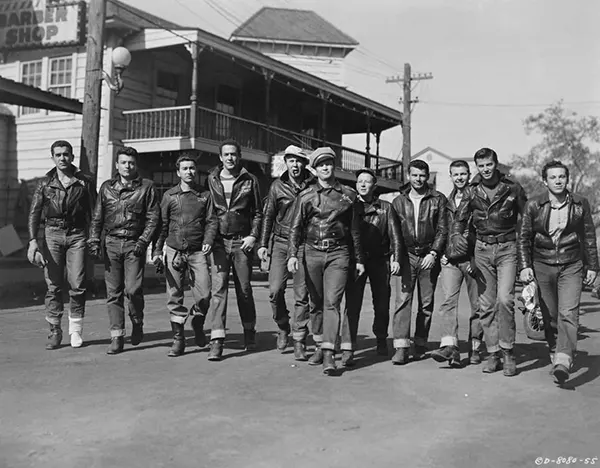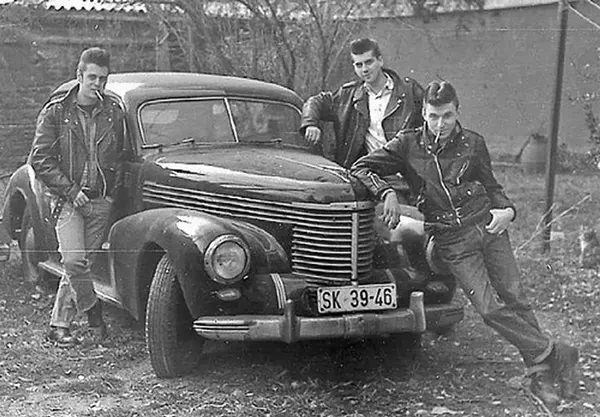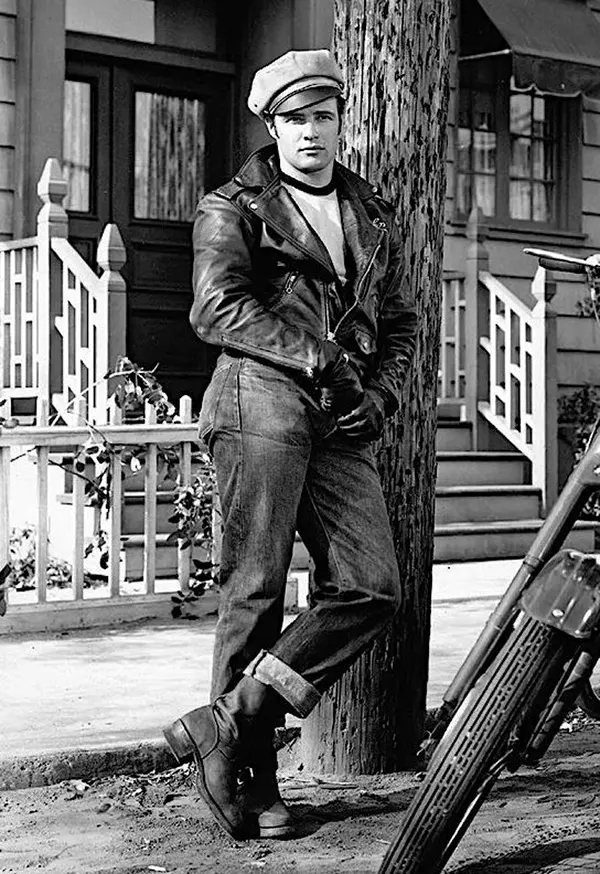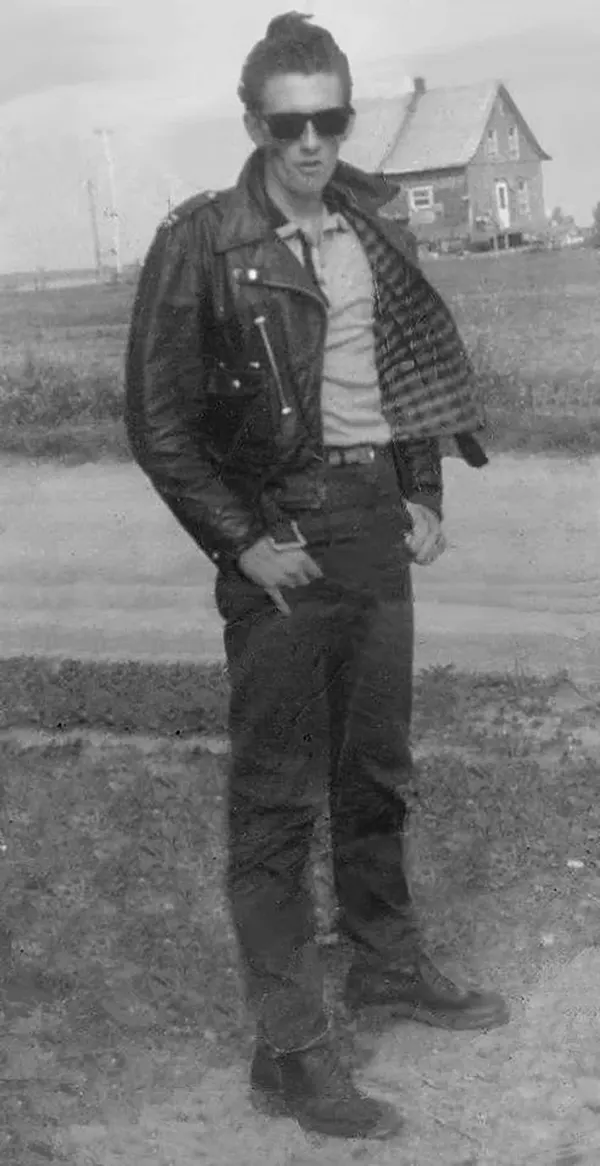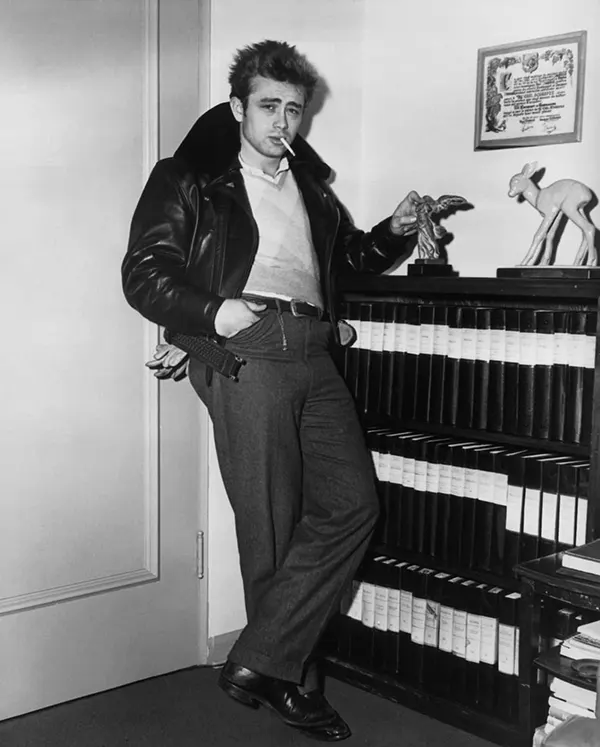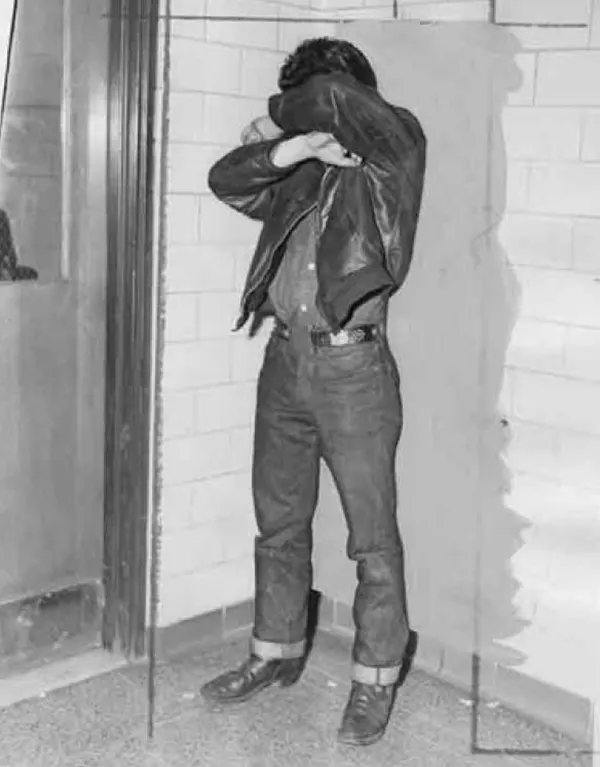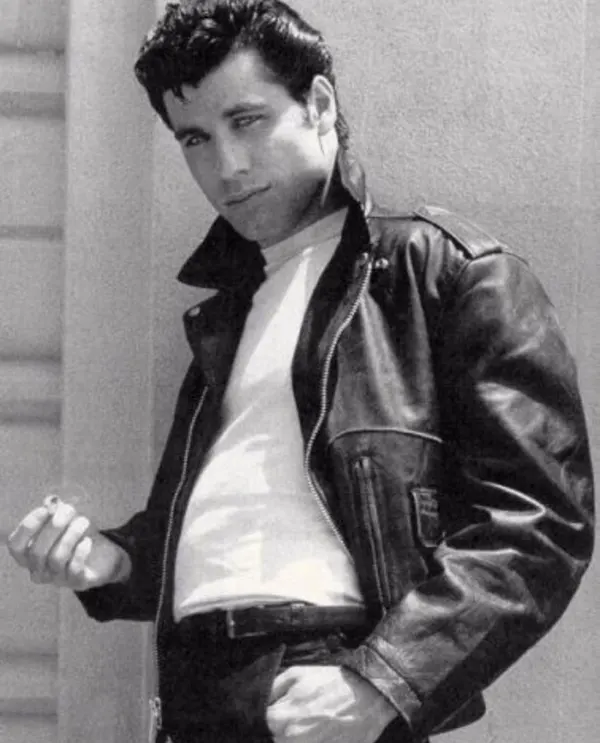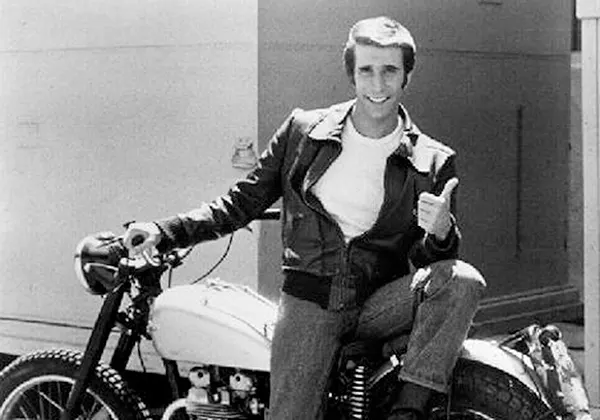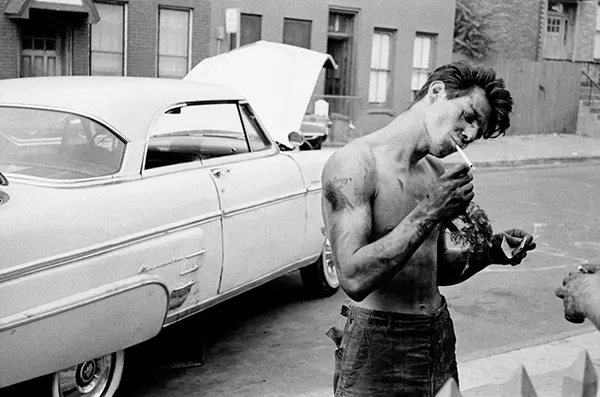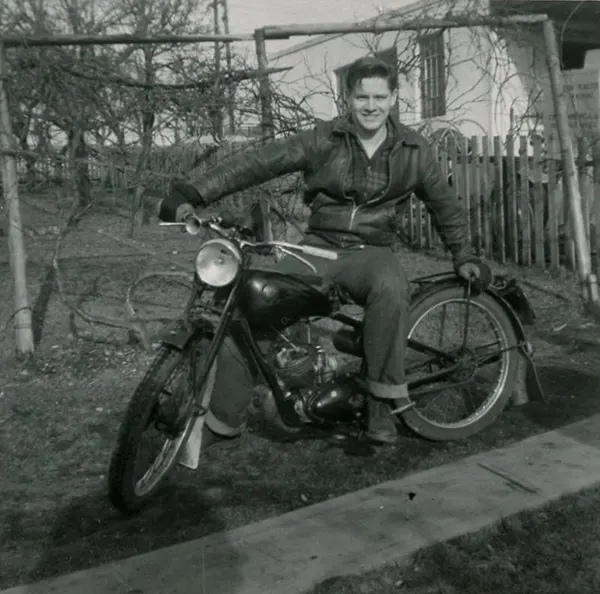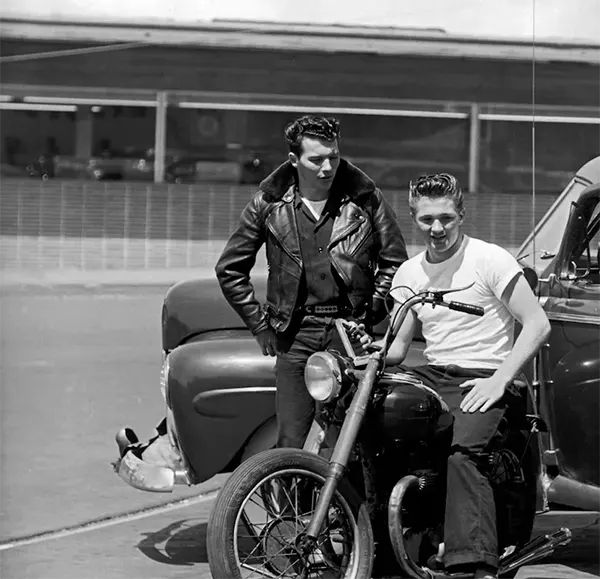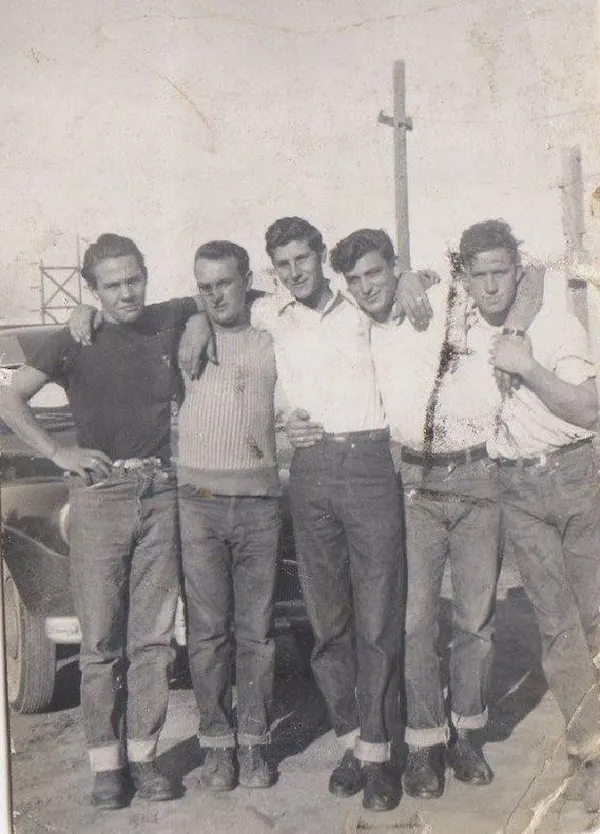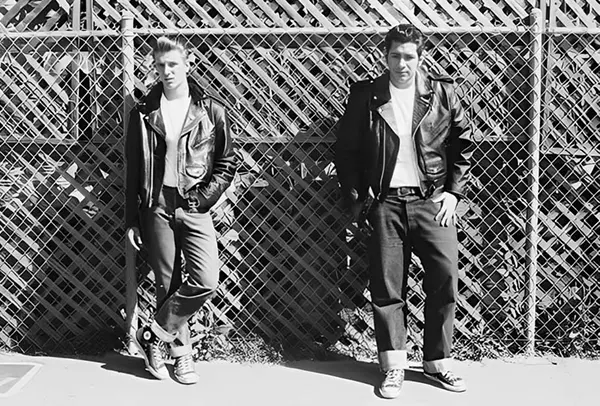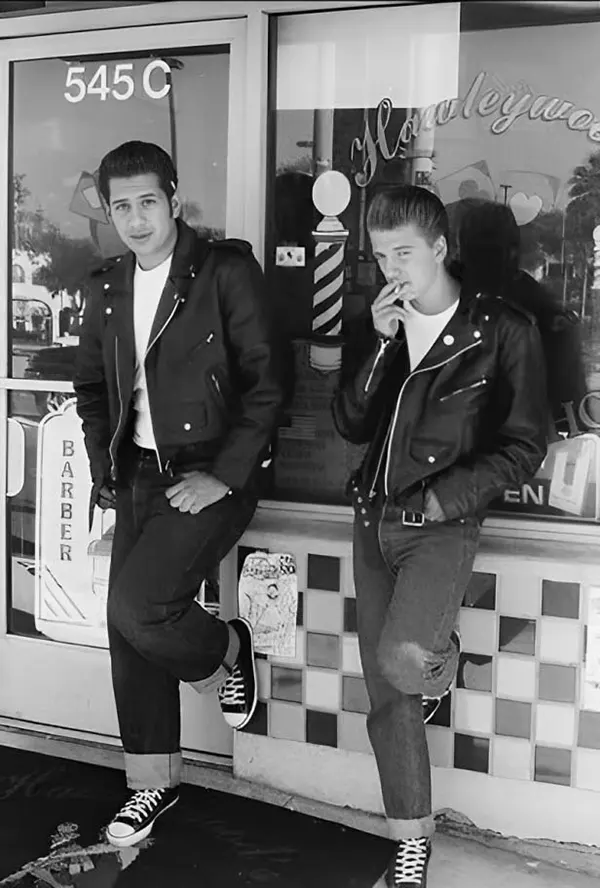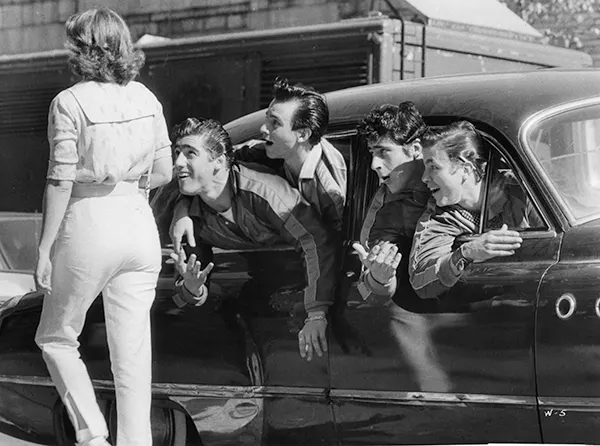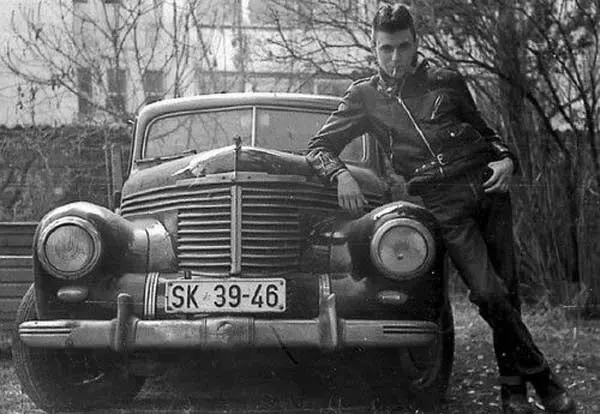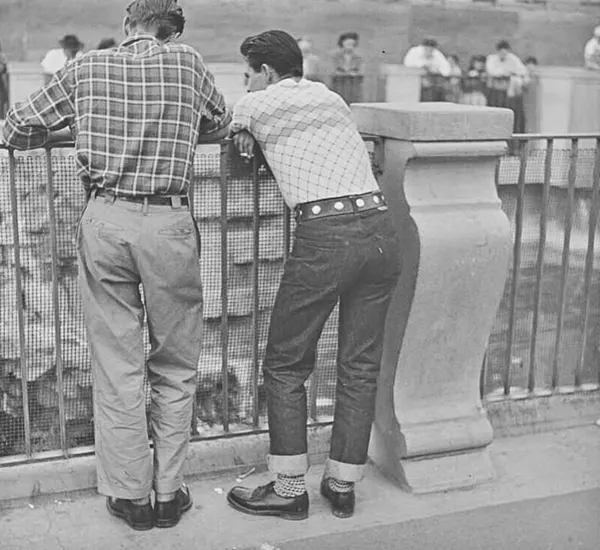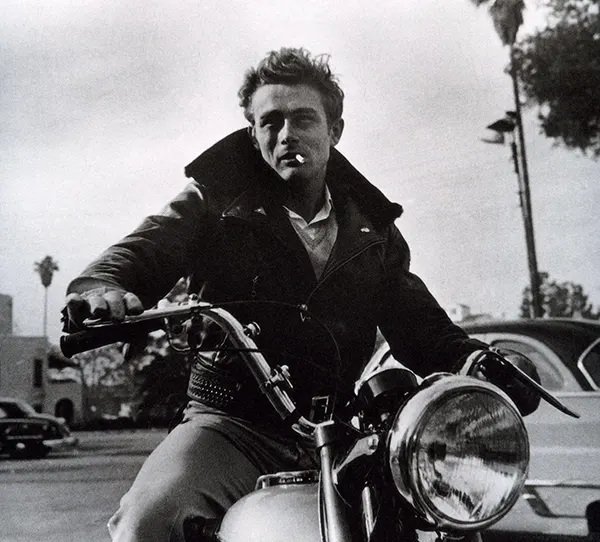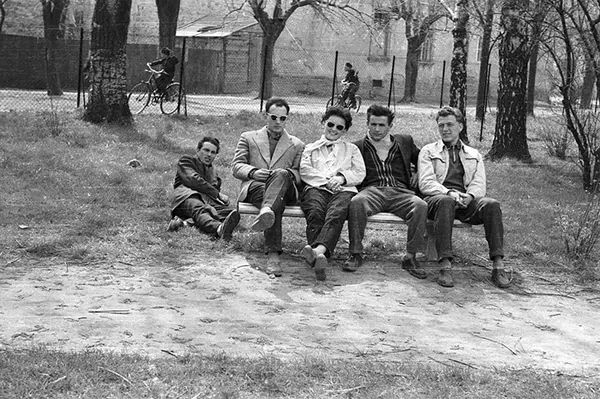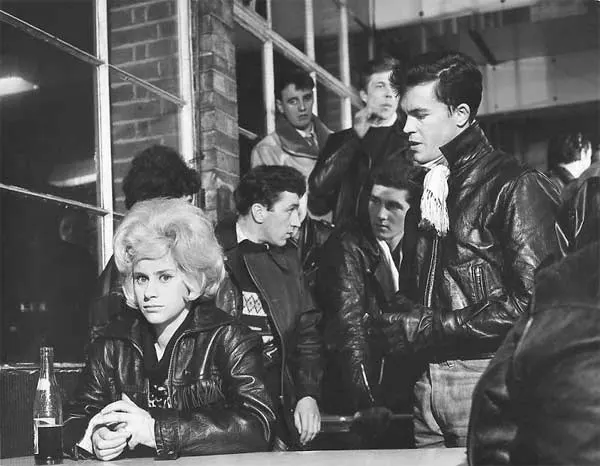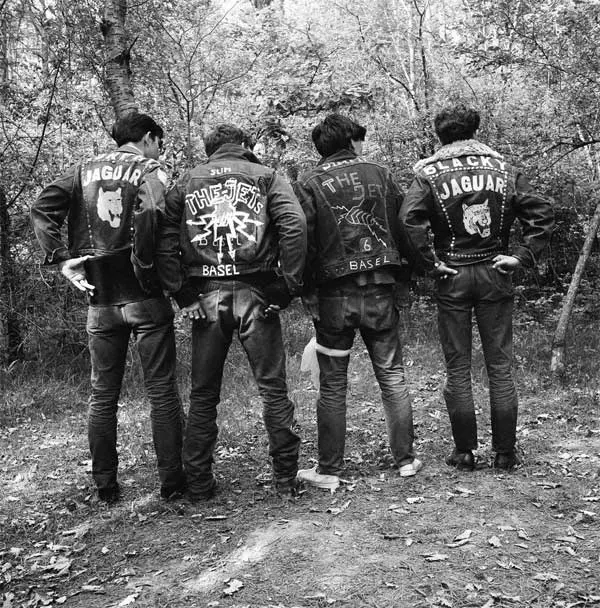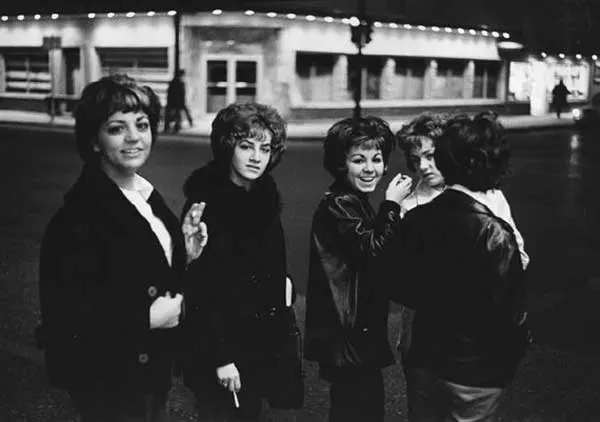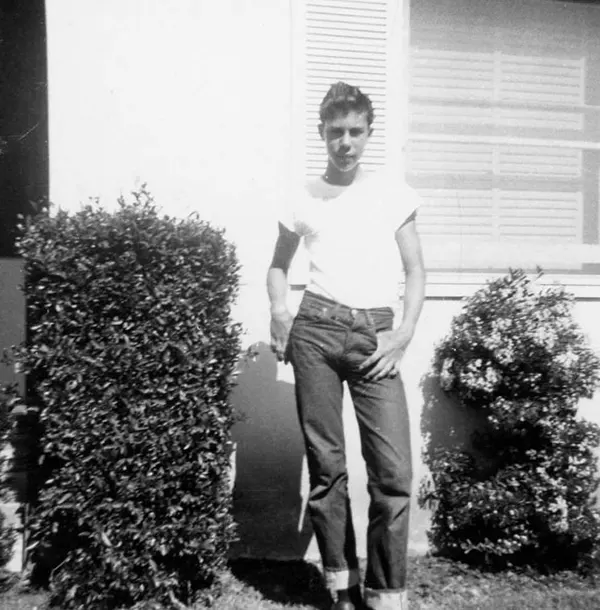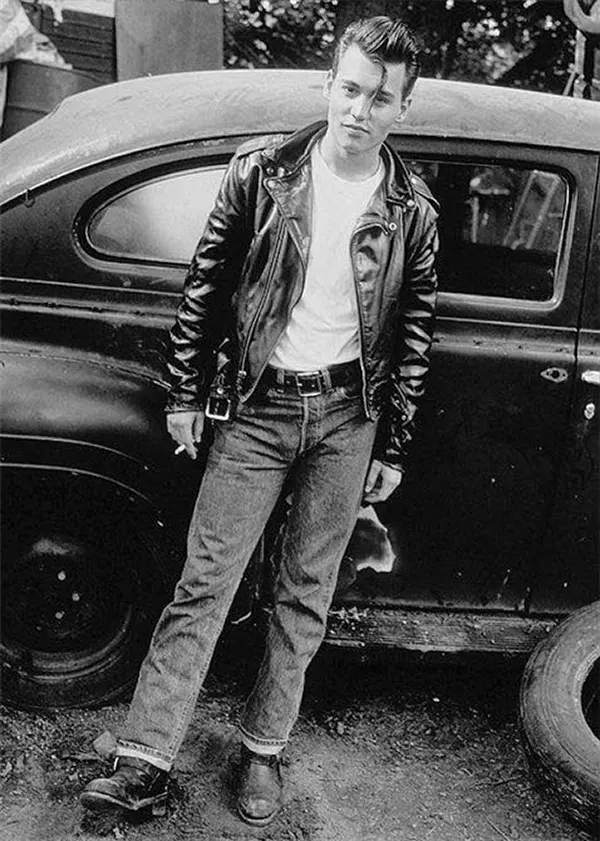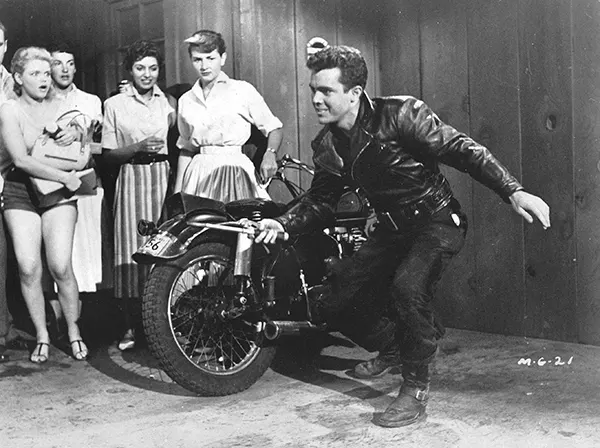Greasers were a distinct youth subculture that emerged in the United States during the 1950s. The term “greaser” originated from their characteristic style of slicked-back, greasy hair, achieved using products like pomade, Vaseline, and lard. This subculture primarily consisted of teenagers and young adults from working-class backgrounds. They were particularly prevalent in urban areas, where the post-World War II era saw a rise in youth independence and subcultural formation.
Clothing and Accessories
Greasers were known for their specific fashion choices which included leather jackets, tight blue jeans, T-shirts, and in some cases, work uniforms. Their attire was a blend of practicality and a statement of toughness and rebellion. Leather jackets, often from brands like Schott NYC, became a symbol of the greaser subculture. Accessories like bandanas and motorcycle boots complemented their rugged look.
Hairstyles were a central aspect of the greaser identity. Men typically sported ducktail haircuts, where the hair was combed back around the sides and styled to meet in the back. Women also adopted a distinctive style, often with long hair curled and styled in waves, reflecting popular Hollywood influences of the era.
Cultural Influences
Rock and roll played a pivotal role in the greaser subculture. Icons like Elvis Presley, Chuck Berry, and Buddy Holly were immensely popular among greasers. Their music not only provided a soundtrack to the lives of these youths but also influenced their attitudes and fashion.
Movies such as “Rebel Without a Cause” (1955) and “The Wild One” (1953) depicted characters that embodied the greaser ethos, reinforcing the image of the rebellious, tough youth. These films, alongside media portrayals, helped to shape public perception of the greaser subculture.


